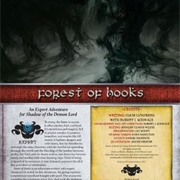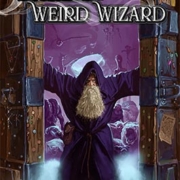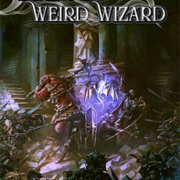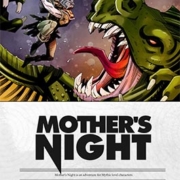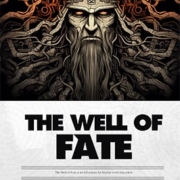Find out the latest news and releases for Shadow of the Demon Lord and Godless from Schwalb Entertainment.
Secrets of the Weird Wizard offers an abundance of tools and resources to craft unforgettable adventures in the mysterious world of Shadow of the Weird Wizard.
In Shadow of the Weird Wizard, battle monsters, cruel faeries, and ancient evils with friends as you protect refugees escaping a doomed land in this roleplaying game based on an advanced ruleset of Shadow of the Demon Lord RPG.
Fleeing the destruction of Mímisbrunnr, the players must battle a weaver sent to repair the timelines— only to crash land in a distant era. Stranded in the heart of this heroic age, they must come to the aid of the legendary King Beowulf and spare his people the ravages of a terrifying dragon.
The Well of Fate is an adventure for Mythic Characters, the ninth chapter in the Thought & Memory Saga for When the Wolf Comes RPG

